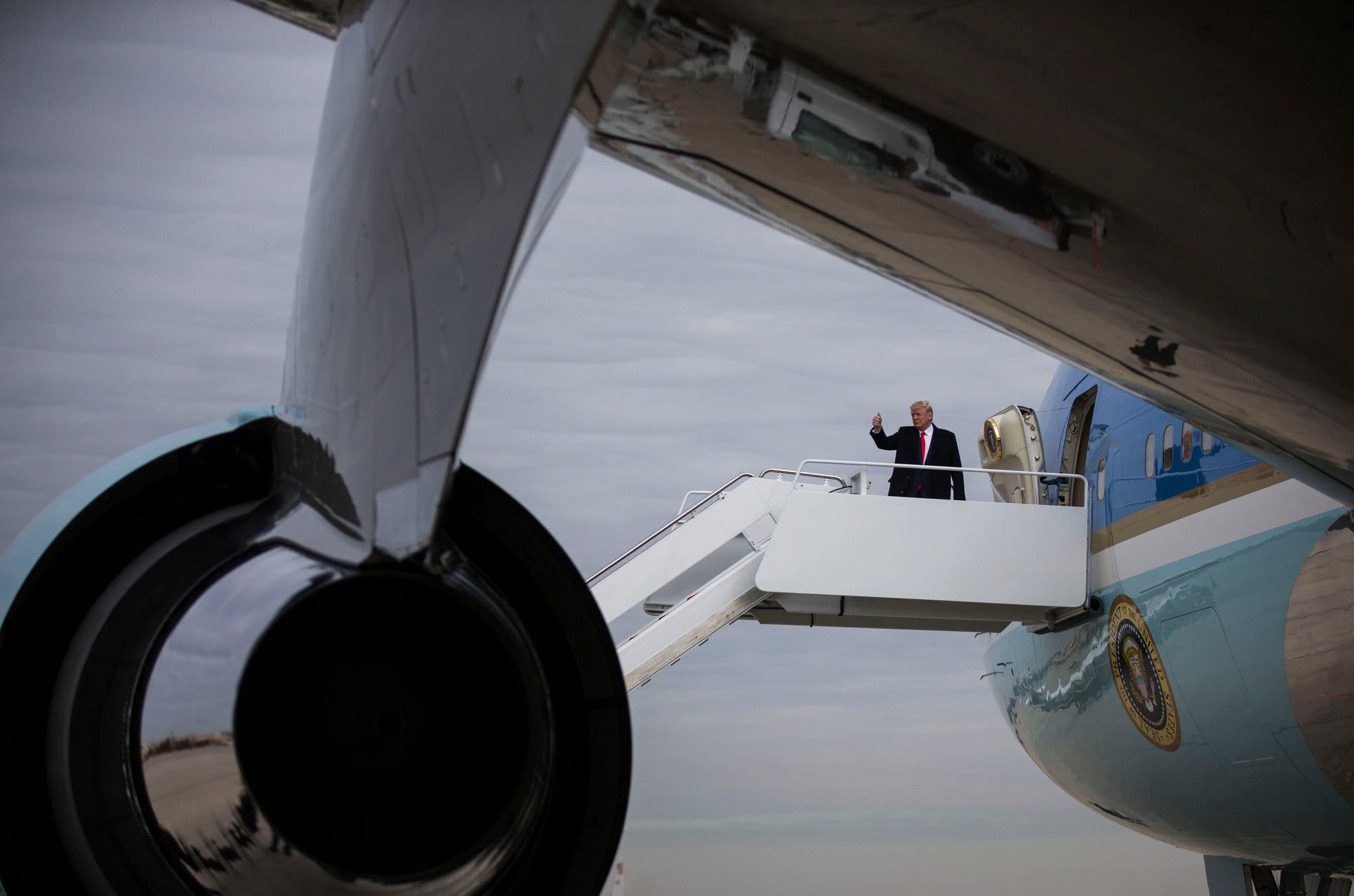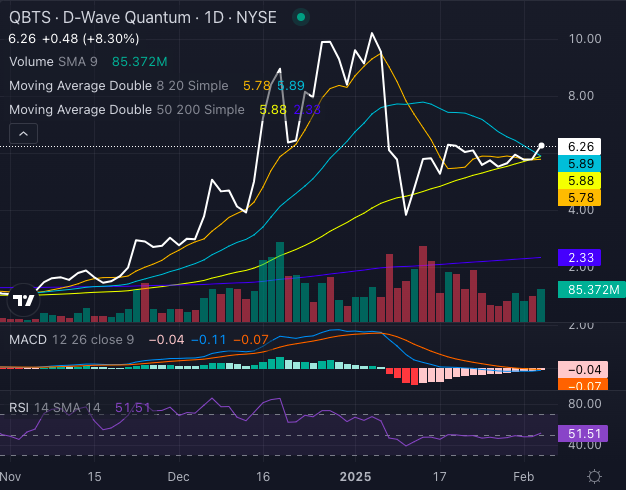A Critical Analysis Of Trump's Aerospace Industry Agreements

Table of Contents
Space Force Creation and its Impact
The establishment of the United States Space Force under the Trump administration represents a significant shift in US space policy. This new branch of the military has profoundly reshaped the landscape of space exploration and defense, sparking both praise and criticism.
Budgetary Allocations and Prioritization
A key aspect of the Space Force's creation was a significant reallocation of budgetary resources.
- Increased defense spending: The Trump administration oversaw a considerable increase in overall defense spending, a portion of which was directed towards the Space Force's development and operations. This increase, however, came at the potential expense of other areas.
- Impact on NASA funding: Debates arose concerning the potential diversion of funds from NASA's civilian space exploration programs to support the military ambitions of the Space Force. The exact impact is still being assessed.
- Private sector partnerships: The administration also emphasized increased partnerships with private aerospace companies, aiming to leverage their innovation and efficiency for both military and civilian space endeavors. This strategy aimed to boost technological advancements and reduce government expenditure.
Strategic Implications and Geopolitical Positioning
The Space Force's creation carries significant geopolitical implications, largely driven by the intensifying competition in space.
- Competition with China and Russia: The establishment of the Space Force was partly fueled by concerns over China and Russia's growing space capabilities. The US aimed to maintain its dominance in space, viewing it as a crucial domain for military and economic power projection.
- New arms race in space: Critics argue that the Space Force could escalate an arms race in space, leading to a more militarized and potentially unstable environment. International agreements regarding the peaceful use of space are potentially at risk.
- Impact on international cooperation: The increased militarization of space under the Trump administration raises concerns about international cooperation in space exploration and research. Collaboration on projects vital to humanity, such as climate monitoring and scientific discovery, could be hampered.
Trade Deals and Their Effect on Aerospace Manufacturing
Trump's administration actively pursued the renegotiation of existing trade deals and engaged in trade disputes, significantly impacting the aerospace manufacturing sector.
Renegotiation of NAFTA (USMCA)
The renegotiation of NAFTA into the USMCA (United States-Mexico-Canada Agreement) brought changes that affected aerospace supply chains and manufacturing.
- Changes in tariffs: While not drastically altering aerospace tariffs, USMCA introduced modifications that affected specific components and materials, potentially impacting production costs.
- Impact on manufacturing jobs: The impact on manufacturing jobs within the aerospace industry was a key consideration during the renegotiation, with both proponents and opponents presenting varying claims.
- Effects on cross-border collaboration: USMCA sought to streamline cross-border collaboration, but uncertainties remained regarding regulatory differences and logistics.
Trade Disputes with the EU and China
Significant trade disputes with the EU and China further impacted the aerospace industry, primarily through tariffs and market access restrictions.
- Boeing-Airbus trade dispute: The long-standing trade dispute between Boeing and Airbus intensified under the Trump administration, resulting in retaliatory tariffs that disrupted global supply chains and impacted both companies.
- Chinese competition: Competition with China in the aerospace sector intensified, with both countries vying for market share and technological dominance. Trump's policies aimed to counter this competition but also led to trade tensions.
- Impact on global supply chains: Trade disputes led to increased uncertainty and disruption within global aerospace supply chains, affecting production schedules and profitability.
Deregulation and its Influence on the Aerospace Sector
The Trump administration pursued a policy of deregulation across various sectors, including aerospace. This had both intended and unintended consequences.
Environmental Regulations and Their Impact
Deregulatory efforts focused on easing environmental standards within the aerospace industry.
- Emissions standards: Concerns were raised regarding potential weakening of emission standards for aircraft, leading to increased pollution and environmental impact.
- Noise pollution regulations: Changes to noise pollution regulations were also debated, potentially affecting communities near airports.
- Impact on sustainability efforts: The overall impact of deregulation on sustainability initiatives within the aerospace industry remains a subject of ongoing debate.
Safety Regulations and their Modifications
Changes to safety regulations were another area of contention during the Trump administration.
- Impact on aircraft certification: Potential modifications to aircraft certification processes were considered, raising concerns regarding safety standards.
- Maintenance standards: Discussions surrounding maintenance standards for aircraft sparked debate about the balance between cost-effectiveness and safety.
- Airline safety, passenger safety: The overall impact on airline and passenger safety under the modified or proposed regulations was a point of intense scrutiny.
Conclusion
Trump's aerospace agreements and policies represent a complex mix of achievements and controversies. While the creation of the Space Force marked a significant strategic shift, boosting military capabilities in space, it also raised questions regarding budgetary priorities and international cooperation. Trade policies, while aiming to protect US interests, led to disruptions in global supply chains and heightened tensions with major trading partners. Finally, deregulation efforts spurred debate regarding environmental and safety standards. A comprehensive assessment of the long-term impacts of Trump's actions requires further detailed analysis.
Further research into the long-term consequences of Trump's aerospace agreements is crucial for understanding the future of this vital sector. A deeper dive into the data surrounding reputable sources will provide a more comprehensive understanding of Trump's Aerospace Agreements and their continuing influence.

Featured Posts
-
 D Wave Quantum Qbts Stock Crash Reasons Behind Mondays Decline
May 20, 2025
D Wave Quantum Qbts Stock Crash Reasons Behind Mondays Decline
May 20, 2025 -
 Winter Weather Advisory School Delays And Closures
May 20, 2025
Winter Weather Advisory School Delays And Closures
May 20, 2025 -
 Navy Corruption Allegations Four Star Admirals Prosecution And Cultural Implications
May 20, 2025
Navy Corruption Allegations Four Star Admirals Prosecution And Cultural Implications
May 20, 2025 -
 Colomiers Oyonnax Et Montauban Brive Deux Confrontations Cles En Pro D2
May 20, 2025
Colomiers Oyonnax Et Montauban Brive Deux Confrontations Cles En Pro D2
May 20, 2025 -
 Dusan Tadic Sueper Lig De 100 Macina Cikti
May 20, 2025
Dusan Tadic Sueper Lig De 100 Macina Cikti
May 20, 2025
